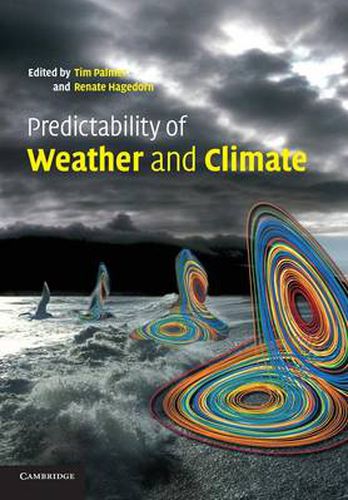Readings Newsletter
Become a Readings Member to make your shopping experience even easier.
Sign in or sign up for free!
You’re not far away from qualifying for FREE standard shipping within Australia
You’ve qualified for FREE standard shipping within Australia
The cart is loading…






The topic of predictability in weather and climate has advanced significantly in recent years, both in understanding the phenomena that affect weather and climate and in techniques used to model and forecast them. This book, first published in 2006, brings together some of the world’s leading experts on predicting weather and climate. It addresses predictability from the theoretical to the practical, on timescales from days to decades. Topics such as the predictability of weather phenomena, coupled ocean-atmosphere systems and anthropogenic climate change are among those included. Ensemble systems for forecasting predictability are discussed extensively. Ed Lorenz, father of chaos theory, makes a contribution to theoretical analysis with a previously unpublished paper. This well-balanced volume will be a valuable resource for many years. High-calibre chapter authors and extensive subject coverage make it valuable to people with an interest in weather and climate forecasting and environmental science, from graduate students to researchers.
$9.00 standard shipping within Australia
FREE standard shipping within Australia for orders over $100.00
Express & International shipping calculated at checkout
The topic of predictability in weather and climate has advanced significantly in recent years, both in understanding the phenomena that affect weather and climate and in techniques used to model and forecast them. This book, first published in 2006, brings together some of the world’s leading experts on predicting weather and climate. It addresses predictability from the theoretical to the practical, on timescales from days to decades. Topics such as the predictability of weather phenomena, coupled ocean-atmosphere systems and anthropogenic climate change are among those included. Ensemble systems for forecasting predictability are discussed extensively. Ed Lorenz, father of chaos theory, makes a contribution to theoretical analysis with a previously unpublished paper. This well-balanced volume will be a valuable resource for many years. High-calibre chapter authors and extensive subject coverage make it valuable to people with an interest in weather and climate forecasting and environmental science, from graduate students to researchers.